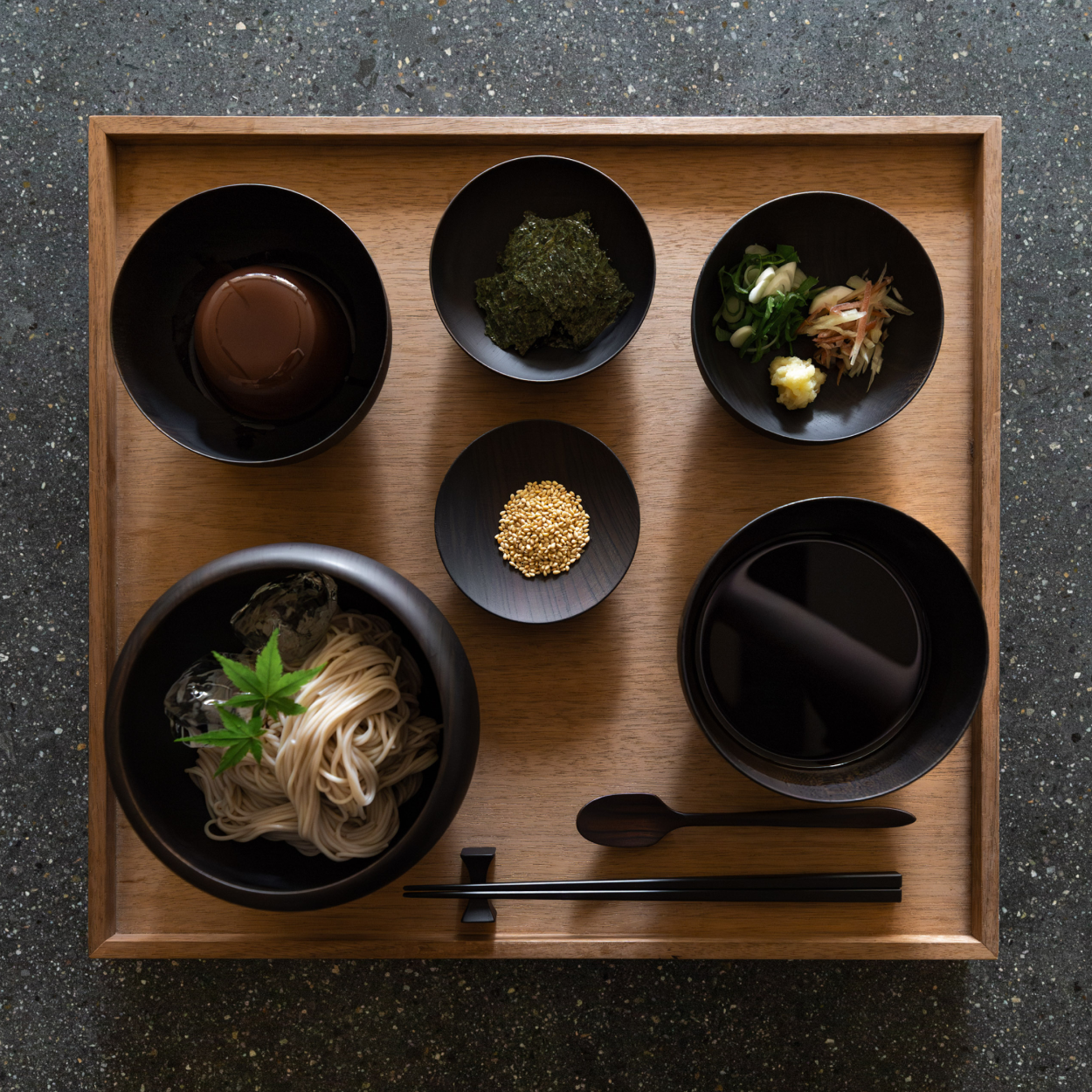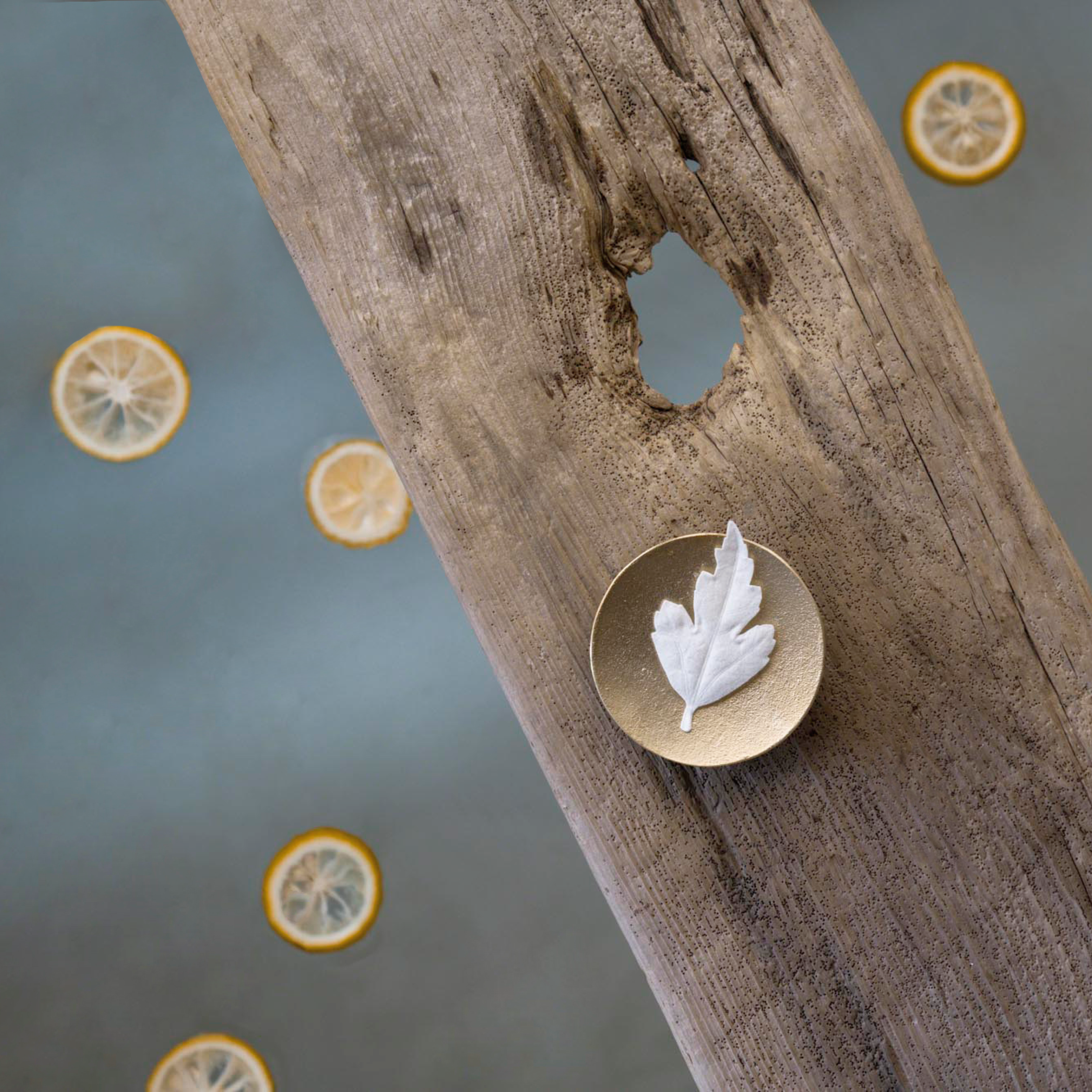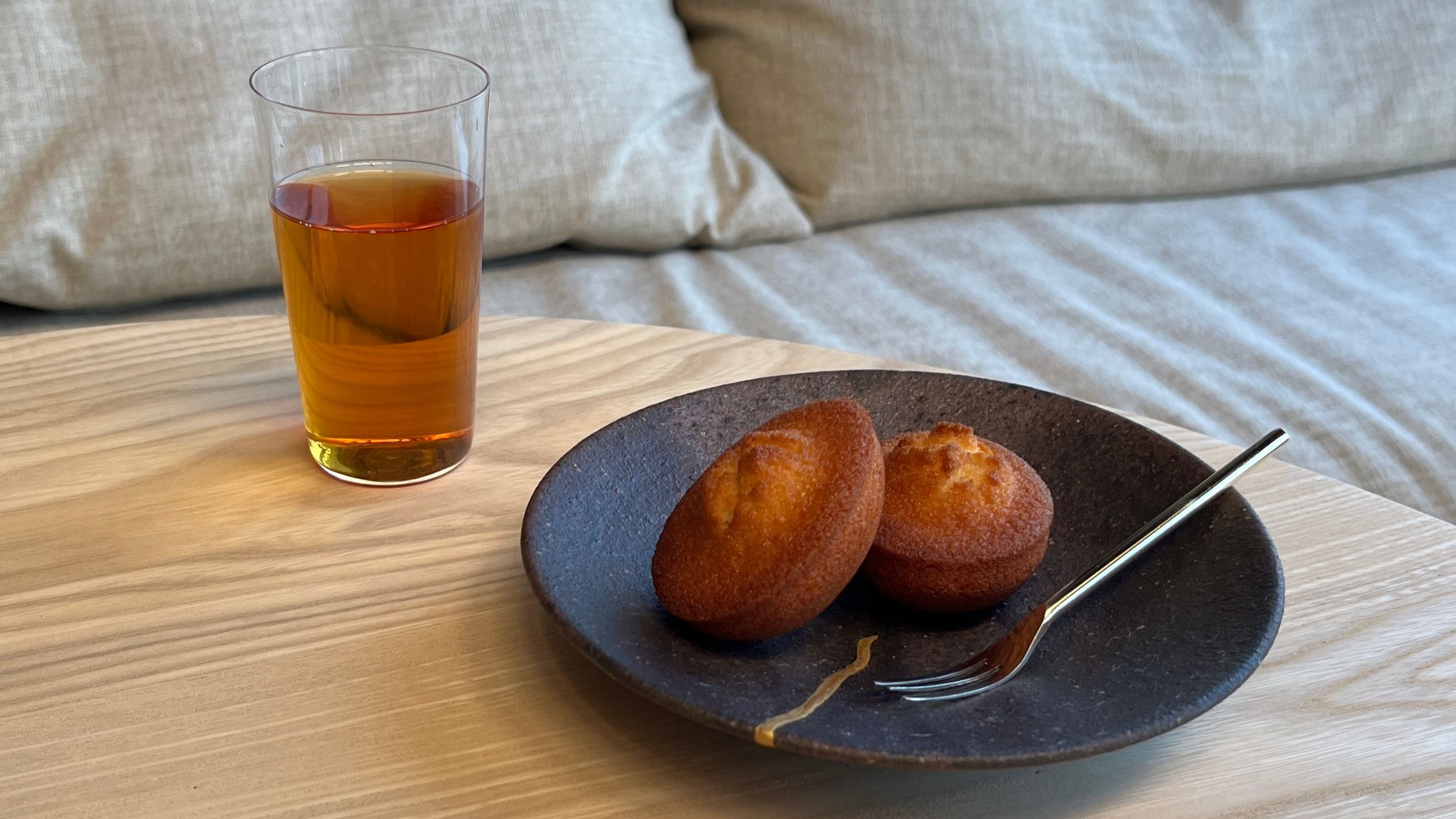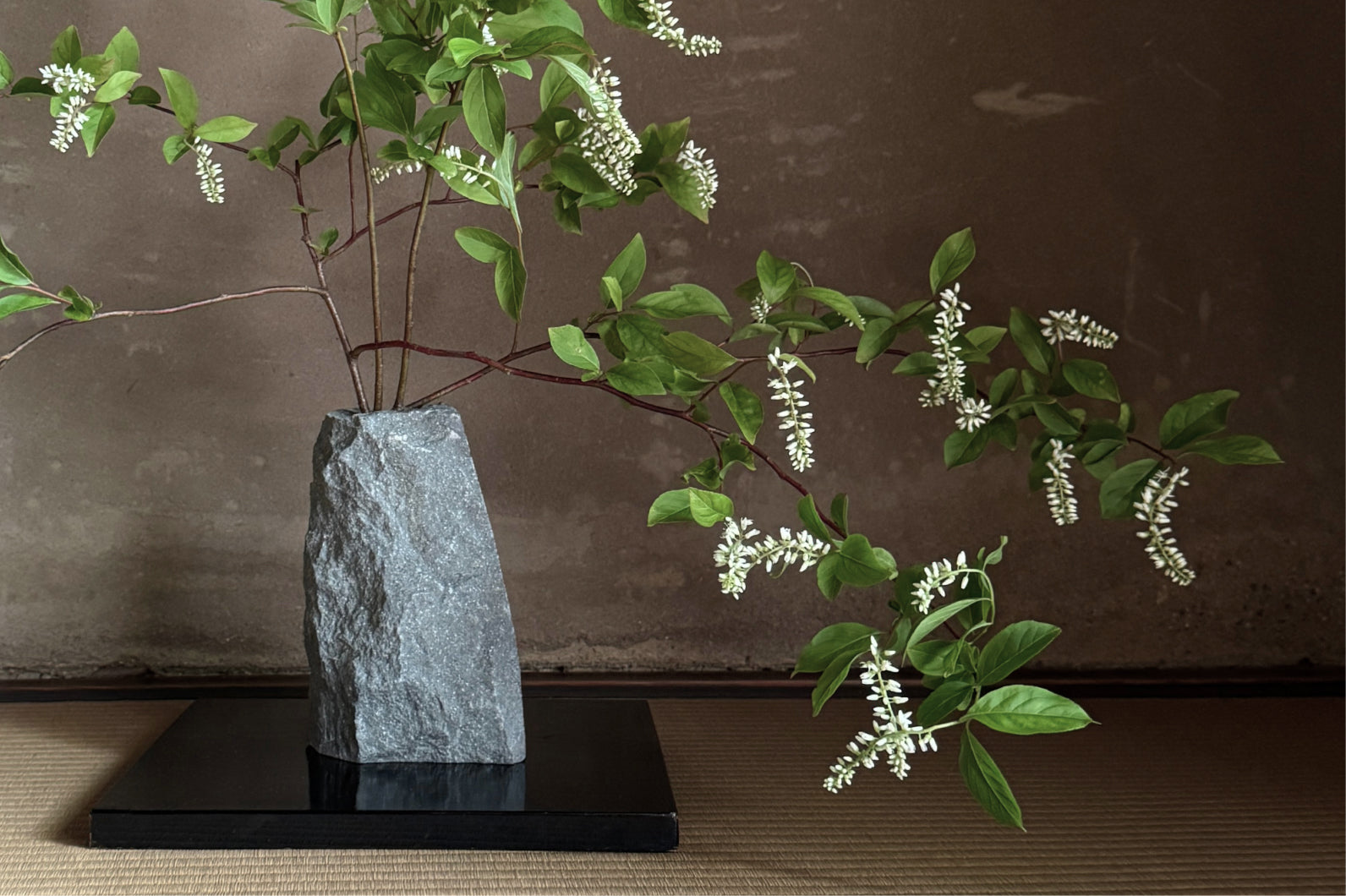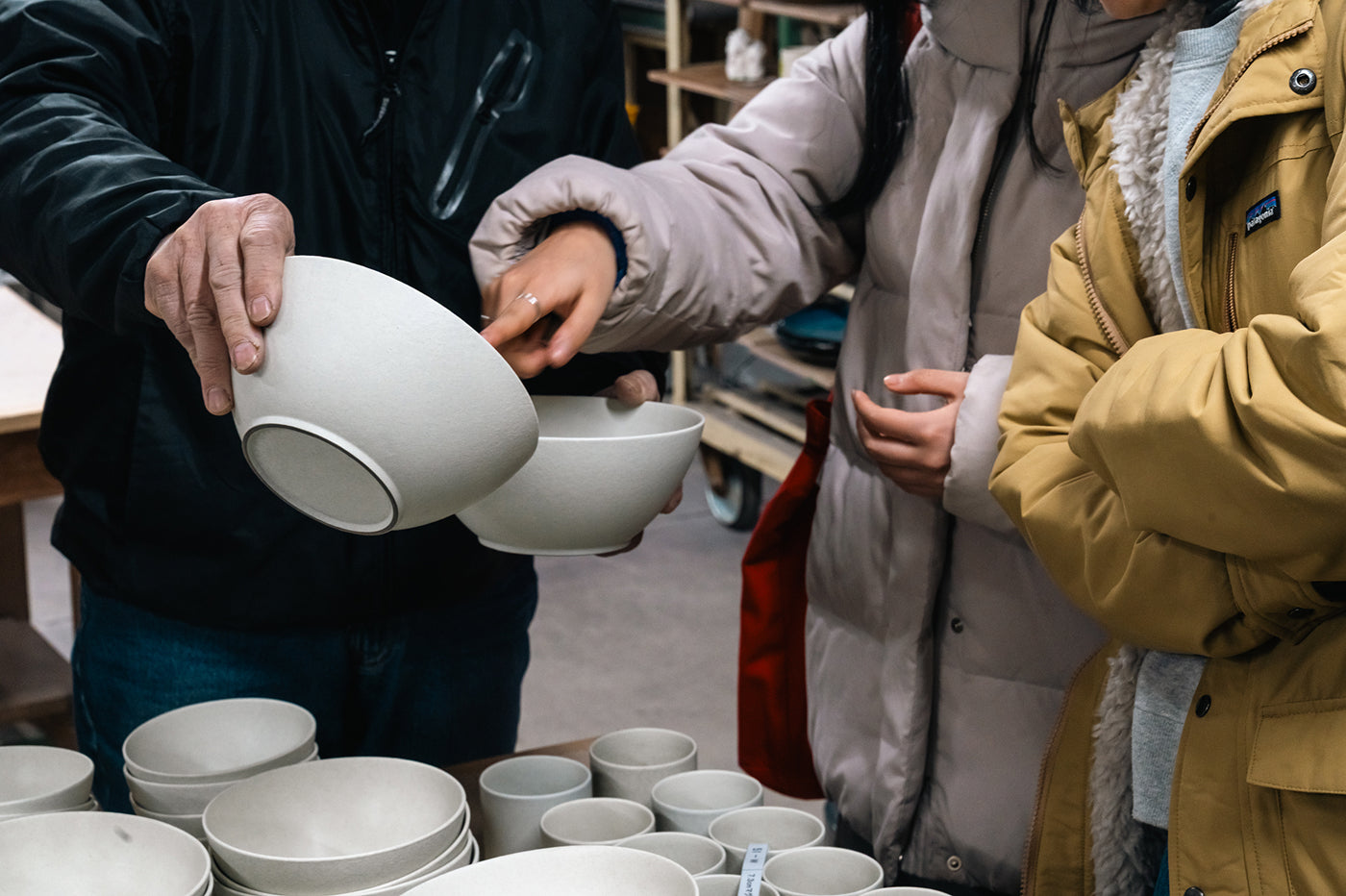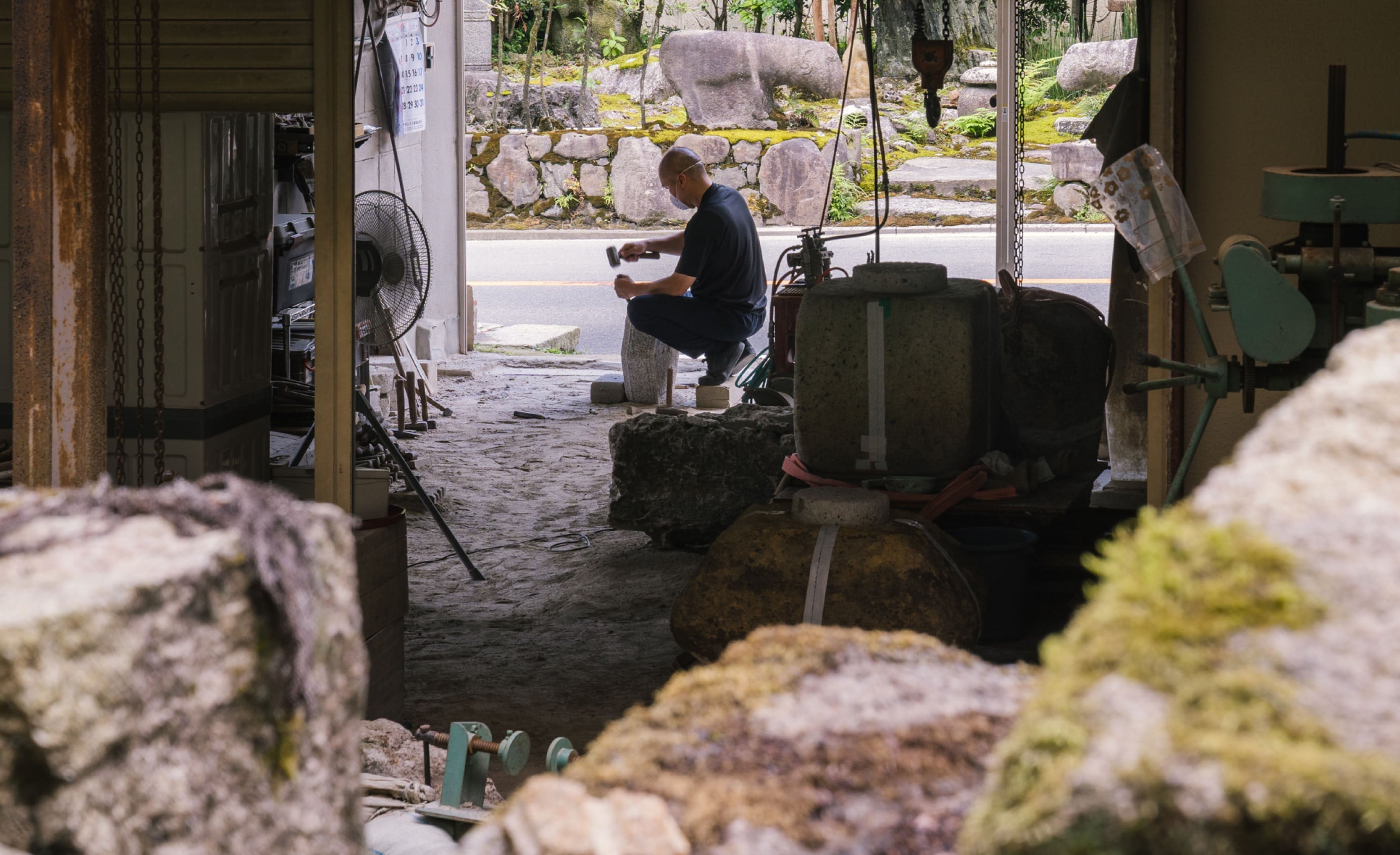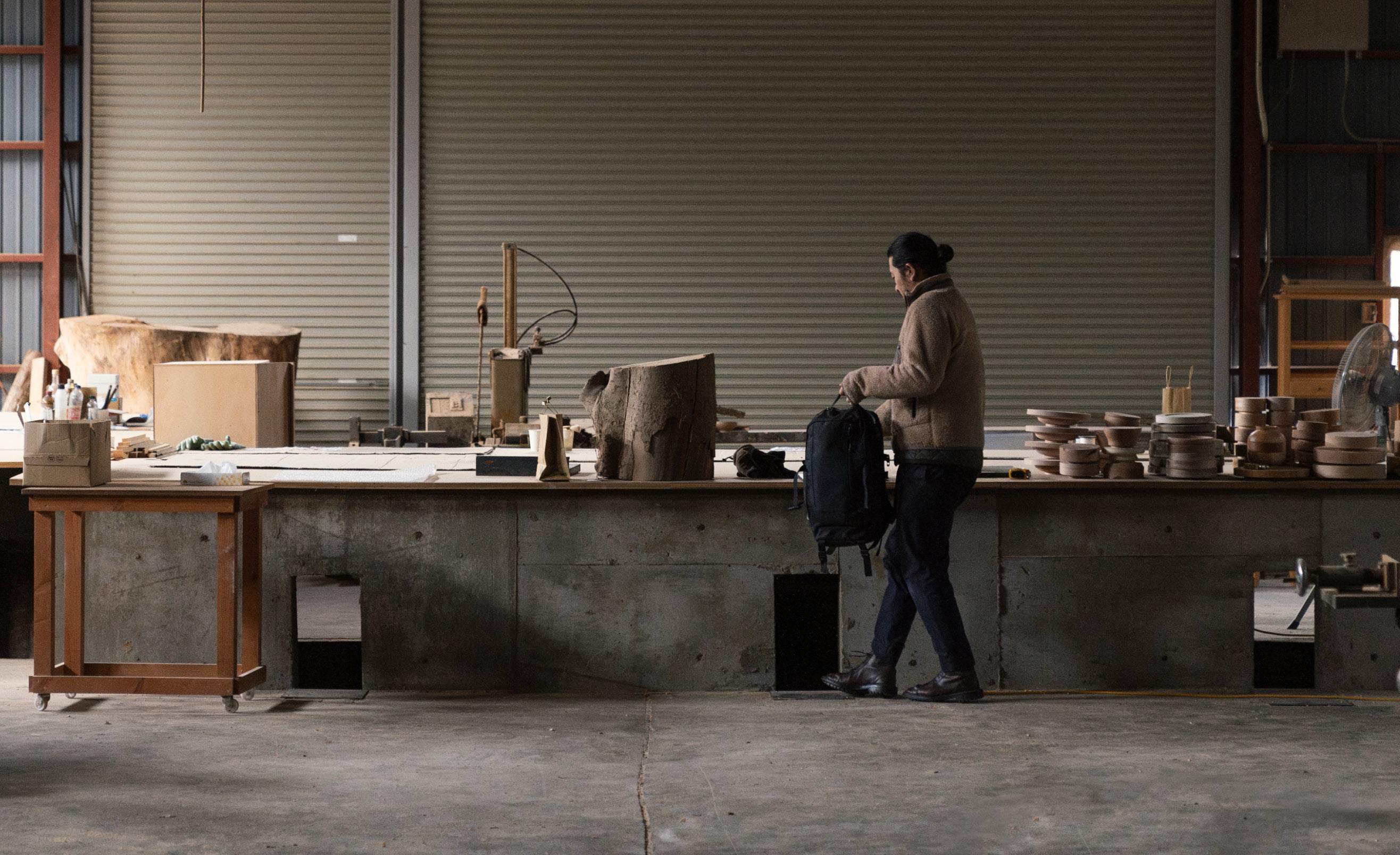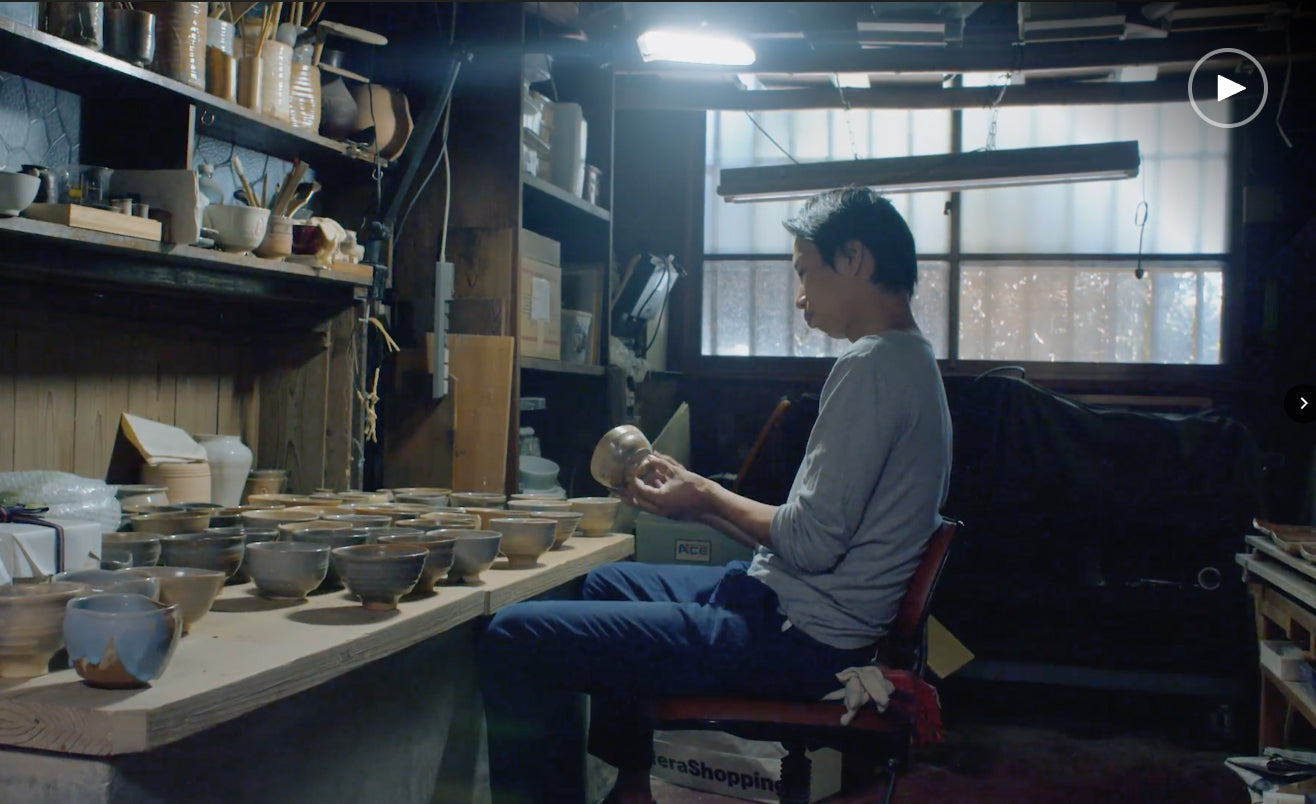Tableware is said to be art that is only complete, once food is plated. So after repairing your broken wares, it is time to properly bring them back to life, which means … let’s eat!
COOKING
Traditional kintsugi-repaired ware is fully food-safe. However, it is no longer microwave nor oven-safe, and cannot be used over direct heat. It is absolutely possible to repair earthen pots, however, once kintsugi-repaired, they must be used as serving vessels and not be used over a flame as it cannot withstand the extent of such heat.
EATING
Itadakimasu! Some kintsugi methods use artificially synthesized glues for convenience, but they contain chemicals that are not safe to eat and erode over time. Urushi is a food-safe natural material that only increases in durability over time.
Kintsugi-repair can be finished in 24K gold, silver, black, or red, which are all food-safe. Repairs can also be finished in brass or tin. However we suggest using these beautiful metals for non-tableware items such as vases and sculptures.
And don’t forget to avoid scraping the kintsugi finish with cutlery to ensure the sheen of the metals for years to come.
CLEANING
Please avoid the dishwasher and harsh detergents, and instead hand wash with soap and a soft sponge. While soups and beverages are no problem at all for repaired wares, we suggest that repaired ware are not submerged in water for long periods of time.
Kintsugi-repaired wares require a little TLC to use in our everyday lives, but they bring significantly more joy than effort, don’t they?
